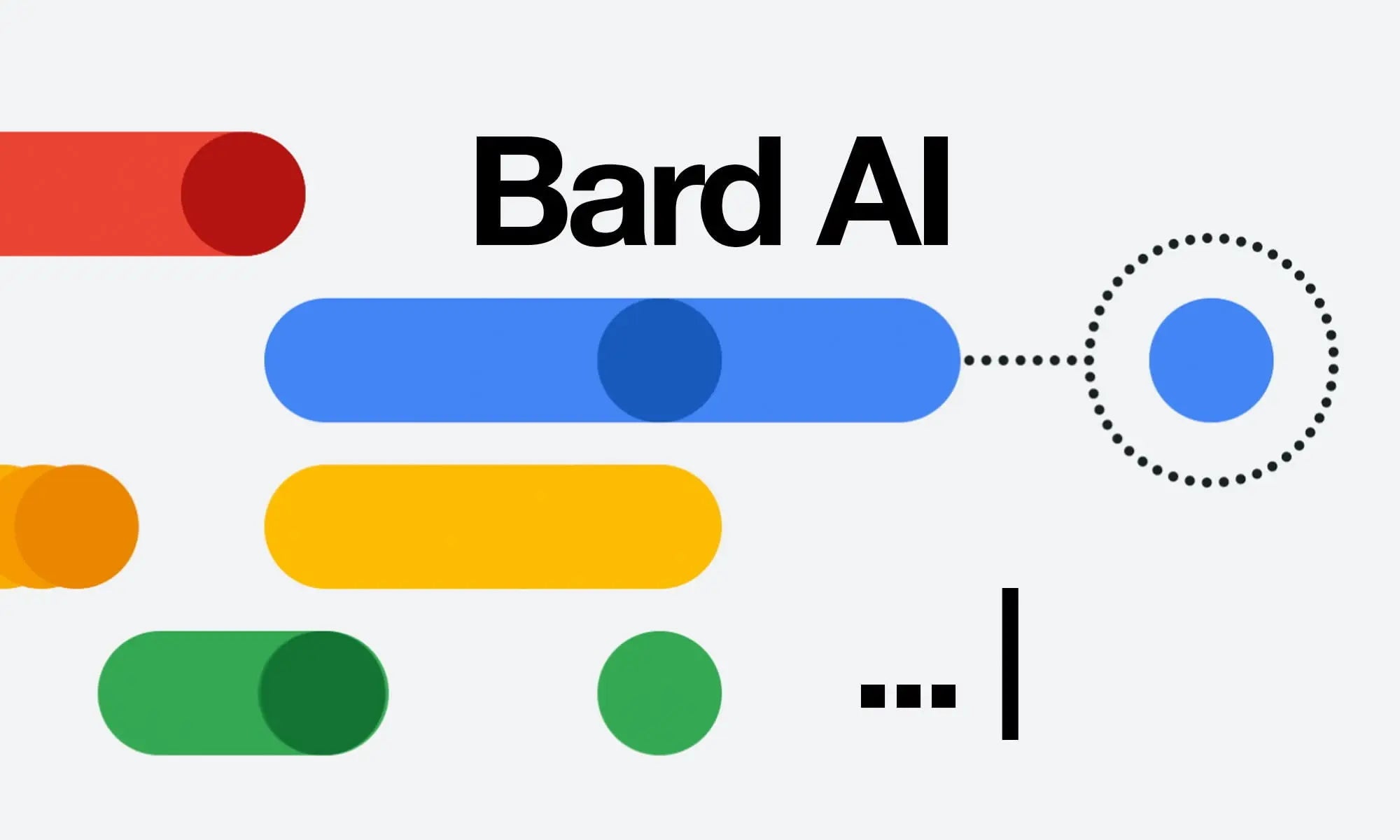It's time to get to know Google Bard, the new artificial intelligence developed by the Mountain View firm. In this casual guide, learn everything you need to know about this revolutionary chatbot, its features, pros and cons. Prepare to be amazed!
What is Google Bard?
Google Bard is an intelligent conversational assistant designed to improve the relevance and effectiveness of online searches. With an intuitive chat interface, users can ask questions and get fast, accurate answers in real time. Bard is based on the LaMDA language model, developed internally by Google, which provides a unique and powerful user experience.
What was wrong with Google BARD?
BARD's announcement was a resounding failure because the demo purporting to showcase Google's AI chatbot contained a factual error. The inaccuracy of Google's AI turned what should have been a triumphant return into a humiliating moment. Google shares subsequently lost a hundred billion dollars in market value in a single day, reflecting a loss of confidence in Google's ability to navigate the impending AI era.
How does Google BARD work?
BARD is powered by a "lite" version of LaMDA. LaMDA is a large language model trained on datasets including public dialogs and web data. Two important factors relate to the training described in the associated research paper, which you can download here: LaMDA: Language Models for Dialog Applications.
The 7 essential points to know about Google Bard:
-
Conversational interface: Google Bard uses an intuitive chat interface that facilitates interactions between users and AI. Users can ask questions and get answers quickly, making searching for information online more natural and user-friendly.
-
Public testing phase: Currently, Bard is in public testing phase in the US and UK. Google wants to collect user feedback to improve and refine its tool before deploying it in other countries and languages.
-
Independence of opinion: Unlike other AIs, Google Bard has demonstrated the ability to express independent opinions, without being influenced by Google's interests. This shows that the Mountain View firm is not trying to manipulate Bard's responses in its favor, at least for the moment.
-
Privacy and Security: Protecting user data and the security of their experience with Bard are major concerns for Google. Although the company is working on these aspects, the precise details regarding privacy and security are yet to be worked out.
-
Development potential: Bard has considerable potential to become an even more powerful and versatile tool. Google plans to add new features, such as code generation, support for multiple languages, and multimodal experiences (like image embedding).
-
Possible integration with Google Assistant: Although Bard is currently presented as an experimental service and separate from Google Assistant, it is possible that the two services could merge or collaborate in the future, providing synergies between their respective functionalities.
-
Limitations inherent to language models: Like any artificial intelligence based on language models, Google Bard can sometimes produce errors, inaccurate or misleading information. However, Google is constantly working to improve the quality of Bard's answers by refining the model and learning from user feedback.
Google Bard is a breakthrough in conversational assistants and promises to revolutionize the way we interact with search engines. Despite its current limitations, Bard has considerable potential to improve access to information and provide an unprecedented user experience. Stay tuned for news about this innovative chatbot, as it may well become a must-have in the near future!



Share: